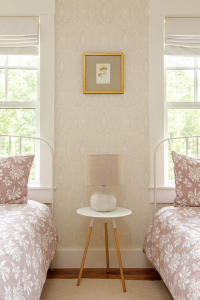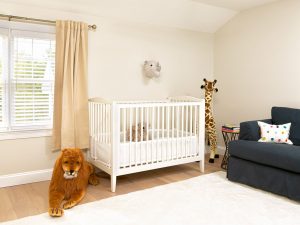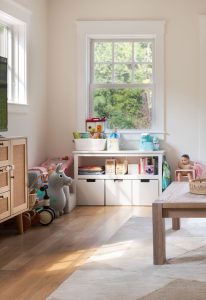Child-friendly homes are essential for ensuring the safety and well-being of children and reduces the risk of potential accidents and injuries. It is important to childproof a home to help prevent these injuries and provide a secure and nurturing environment for children to grow and thrive.
Here are eight things to consider when designing a child-friendly home:
- Furniture: Choose furniture with rounded edges to prevent injuries from banging into sharp corners. Anchor heaving bookshelves and furniture to the walls to prevent them from tipping over.
- Non-Toxic Materials: Choose non-toxic and eco-friendly materials for furniture, flooring, and paint to reduce the exposure to harmful chemicals within the home.
- Flooring: Opt for slip-resistant flooring or non-slip mats to prevent accidents from happening. Slip-resistant flooring includes materials such as rubber, cork, or carpet in common areas where children play. These materials will help reduce the risk of slips and falls.
- Rugs: Include soft and plush rugs within your space to help cushion falls. Ensure that rugs are secured with non-slip pads underneath them to prevent tripping hazards.
- Window Treatments: Consider investing in window treatments with cordless options to avoid strangulation hazards. Opt for cordless blinds or shades for a safer alternative.
- Lighting: Ensure the lighting throughout your home is bright and evenly distributed to promote a safe environment, especially at night. Use night lights in hallways and bathrooms to prevent children from tripping and falling in the dark. For more tips on lighting, read here!
- Electrical Outlets: Install childproof outlet covers to prevent children from inserting objects into electrical outlets and getting electrocuted. Consider using outlets with built-in safety features, such as Tamper Resistant Receptacles, that automatically close when not in use.
- Storage: Consider using child-friendly storage solutions such as bins, baskets and low shelving to keep toys and books easily accessible. When it comes to shelving, avoid placing heavy items on high shelves that children may try to reach and grab.




